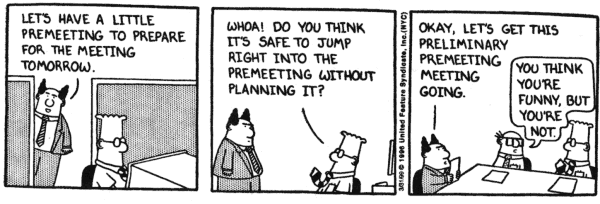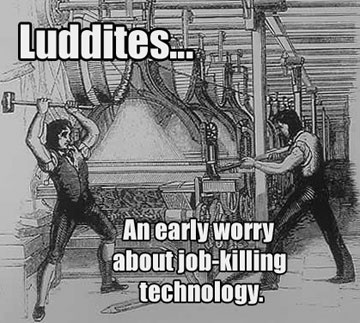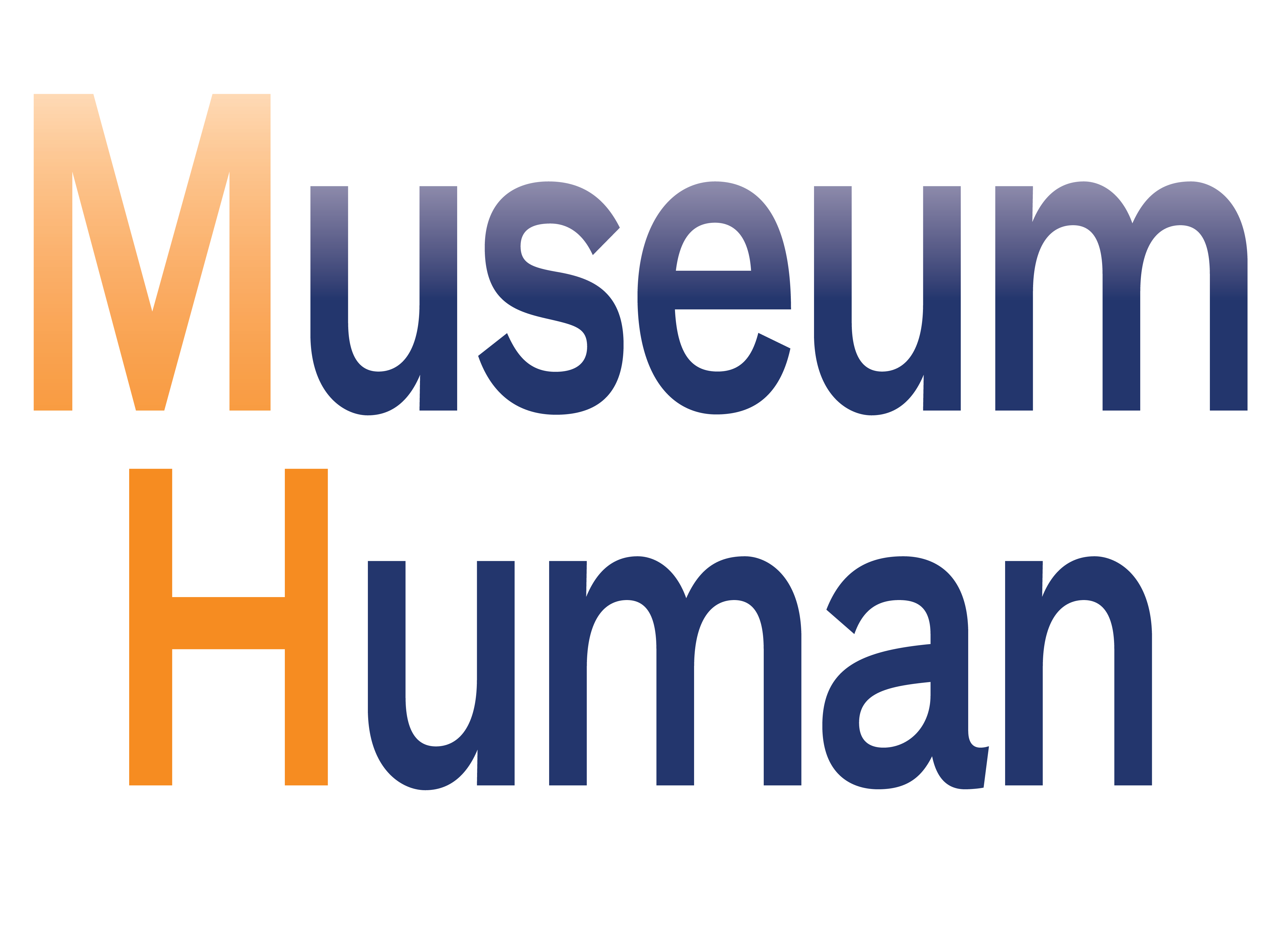Can evolving workplace practices in the business world be applied to mission-driven non-profits like museums?
"When Miller was in college, he said, he began to notice the ineffectiveness of poverty alleviation efforts when he volunteered at a homeless shelter. Agencies were focused on solving their piece of daily emergencies, but he found they treated poverty as if it could be fixed with policies instead of relationships." —From the *Chattanooga Times Free Press* series "The Poverty Puzzle"
Why start a blog post about museum workplaces with a quote from an earnest series on a southern mid-size city trying to tackle poverty which, like in much of the rest of the U.S., has stubbornly refused to obey the supposedly-improving economy?
Something about the articles resonated with me, even though Chattanooga is a southern, Christian small city, none of which is exactly in my personal wheelhouse. The series noted solutions that were about relationships—flooding the problems with committed job center supervisors, school administrators, neighbors, and, most of all, the poor themselves.
A great piece of advice I got once, when I was going on about finding processes to improve my workplace, was, "Don't be a process person. Be a people person." So I'm trying real hard to keep that in mind as I write about workplaces.
We now return you to your regularly scheduled blog post, already in progress.

If you worked here you'd be at the office by now. (from the Met archives)
Though the stakes for us working at museums are far different than a city struggling to reduce poverty, the lessons are there. Whenever you read about a workplace practice or program that you want to try—open-office plans, digital transformation, increasing automation, Slack (also here), Holacracy or post-Holacracy, and, one I've written about before, Design Thinking—do you turn your eyes skyward and cry, It would have been nice to at least try? Are museums intrinsically harder places to experiment than other workplaces?
You may have heard one or more of these reasons when a process proposal didn't catch fire:
1. Museums are mission-driven, and thus have more at stake than just the bottom line. Colleges are trying it. It's all over museum strategic plans. If anything, a truly public mission requires innovative operations; inefficiency (not a dirty word) wastes valuable time, effort, and money. Nowadays, these are more important than ever for staff.
2. Nonprofits move more slowly than the corporations in these articles. Well, there really isn't any reason that a nonprofit can't try something like Agile to speed their innovation cycle. A Google search finds plenty of evidence that consultancies are pounding the pavement. For more museum-specific practice, the annual Museums and the Web conference regularly features papers and talks on Agile methodology. And this May's National Museum Publishing Seminar starts with a pre-conference project management workshop. Perhaps nonprofits have historically put more of an emphasis on consensus, though there are plenty of us who believe that our institutions have been overly undemocratic. Dilbert wasn't about a non-profit, but bad meetings are not built into museum's charters.
 © you know who
© you know who

3. All those academics in curatorial and conservation positions--it's like a Luddite convention in here! The trope of the academic buried under papers is going the way of cold-blooded dinosaur. Curators are now trained in new research techniques, conservators are cutting-edge historian-scientists, librarians are among the most aggressive at bringing technology into the museum, and educators/interpreters are working with digital departments to revolutionize visitor experience. Perhaps all this change has made museums a bit consultant- and task-force-heavy, but the answer might just be to look at what our innovating colleagues have done and bottle it for our use.
4. Museums are trained to protect collections, so the idea of changing to make objects more accessible has been slow to jell. Museums are catching up to the idea of Open Access, in a big way. If anything, the need to digitize collections for audience access is causing workplace bottlenecks that will need … some kind of system! This is where speaking to our colleagues about their concerns is most valuable. And when we hear from our co-workers that visitors are touching the art, make sure they get heard.
 you got bridges in my silos
you got bridges in my silos
5. Our museums has too many departments—silos are just reality. Well, some sprawling corporations, some as old as some great museums, have seemed to shake off their long-established structures. Maybe the answer here is to not fight it—or, seen another way, don't try to bring down a wall with a flow chart. Just as groups in Chattanooga are tackling poverty, try relationships first.
Check out Friday's "Discuss" post for some more links about collaboration and silos.






